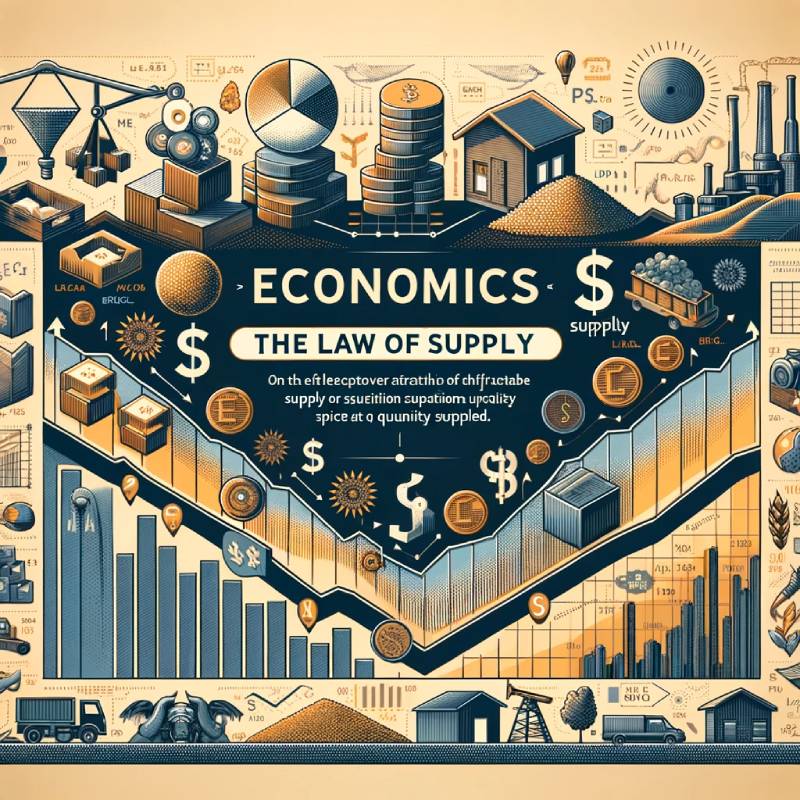The Law of Supply is another fundamental concept in economics which describes the relationship between the price of a good or service and the amount of it that producers are willing and able to supply. It states that, ceteris paribus (all other factors being constant), there is a direct relationship between the price of a good and the quantity supplied. This means that as the price of a good increases, the quantity supplied of that good also increases, and vice versa.
**Key Aspects of the Law of Supply:**
1. **Direct Relationship:** The quantity supplied of a product increases as its price increases, and decreases as its price decreases.
2. **Ceteris Paribus:** The law holds true when other factors influencing supply (like production costs, technology, and expectations of future prices) are held constant.
3. **Supply Curve:** The law of supply is represented graphically by an upward sloping supply curve, showing the direct relationship between price and quantity supplied.
**Examples of the Law of Supply:**
1. **Agricultural Products:** If the price of wheat increases, farmers may choose to plant more wheat, increasing the quantity supplied to the market.
2. **Handmade Goods:** A craftsperson might produce more handmade jewelry as the selling price increases, to maximize profits.
3. **Real Estate:** When housing prices are high, developers are more likely to build new homes, increasing the supply of housing.
4. **Seasonal Goods:** Ice cream producers may increase production in the summer when prices and demand are typically higher.
5. **Technological Gadgets:** If a new technology gadget becomes popular and its price rises, manufacturers may increase production to supply more units.
These examples illustrate how changes in price can affect the quantity of goods that producers are willing to supply, aligning with the principles of the Law of Supply.

